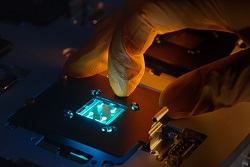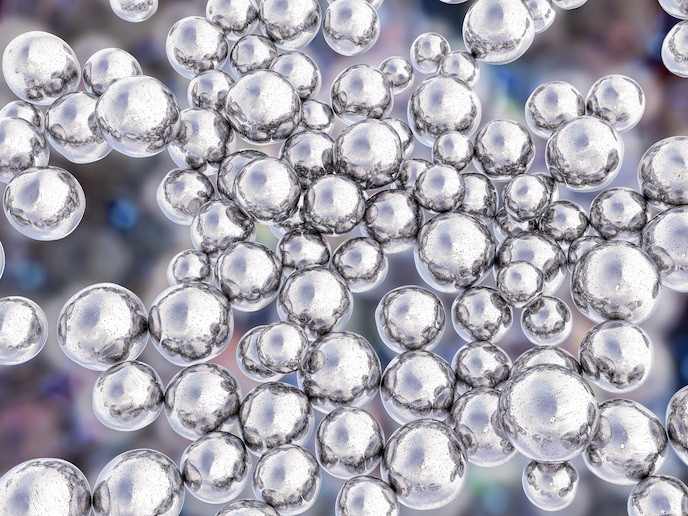Electromagnetic forming shapes eco-friendly vehicles
Electromagnetic forming uses high energy in a technique which allows the reshaping of metal parts. In this EC-funded project taking the process name, EMF, the technique has been developed to be used on both tube and sheet metal. Its application has been designed to be used directly by the car industry. It is expected that reducing the weight of vehicles (by applying the process to the metal automotive parts), would lead to a reduction of CO2 emissions. This would enable modern car production strategies that are geared toward designing more environmentally friendly cars at no extra cost to the manufacturer or the consumer. As part of this project, a report has been published which focuses on the influence of material and process parameters on part quality. It is an important precondition for this project's success that an evaluation is carried out which tests the effectiveness of electromagnetic performance on the process parameters, how they influence the forming process as well as the forming result. In this evaluation, scientists focused on the following EM-forming processes. Firstly, on the compression of tubular work pieces and secondly on the forming of sheet metal. Various investigations were carried out, which resulted in discussions centred on five central themes of concern to the scientists. They began by looking at the current pulse used in the process and the pressure which is defined by the pressure maximum and duration of the pressure increase. Analysis also focused on pressure distribution and the workpiece deformation and finally discussion turned to the subject forming velocity.







